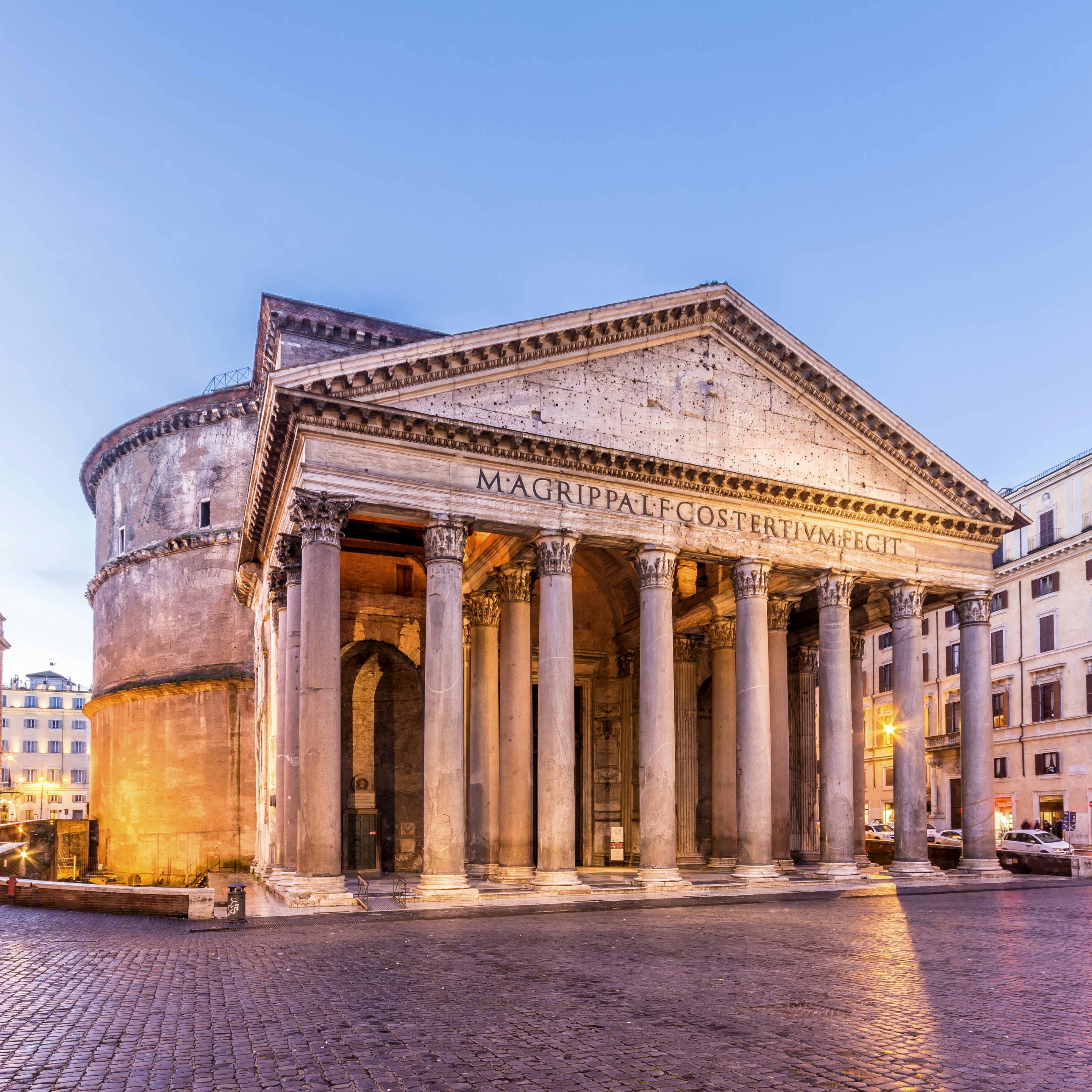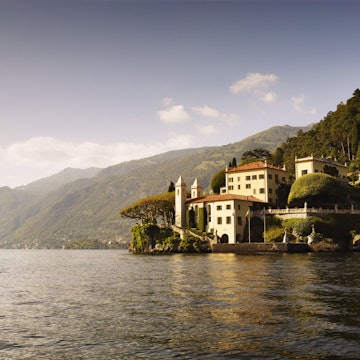

© Andrea Comi/Getty Images
Overview
Home to many of the world's greatest works of art, architecture and gastronomy, Italy elates, inspires and moves like no other.
Meet your new travel partner
Stay connected in Italy
Unlimited data while you travel with Holafly eSIM. Use code LONELYPLANET for an exclusive discount.
Must-see attractions
Planning Tools
Expert guidance to help you plan your trip
Best Things to Do
Italy has so many delights for visitors, it’s hard to know where to start. Lucky for you, we’ve made this list of the best things to do across the country.
Read full article
Best Places to Visit
Treviso instead of Venice? Lerici instead of Cinque Terre? Explore these neighboring cities that take their own twist on Italy's most popular destinations.
Read full article
Things to Know
Immerse yourself in local culture to get the most out of your next trip to Italy.
Read full article
Visa Requirements
Italy is one of the most visited countries in Europe and its many attractions are hard to resist. Find out if you need a visa before you go.
Read full article
Money and Costs
These top budget tips can help you save money while exploring Italy.
Read full article
Traveling with Kids
Experience the best of Italy as a family with this guide to the top things to do there with kids.
Read full article
Best Road Trips
From coastal cliffs to rolling vineyards to snow-capped peaks, these road trips will show off the best Italy has to offer.
Read full article
Get Connected
Everyone should experience Italy's lavish art, architecture, cuisine and life-affirming landscapes. Here's what you need to know about getting connected.
Read full article
Get a book. Get inspired. Get exploring.
in partnership with getyourguide
























